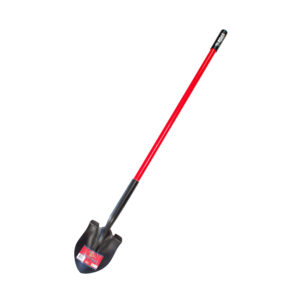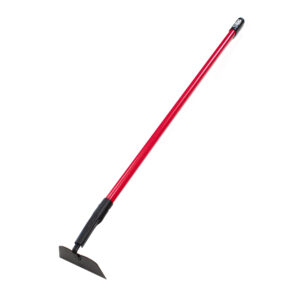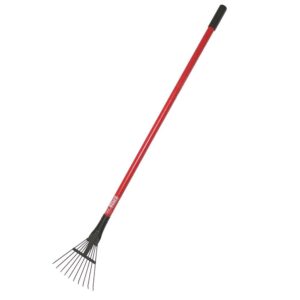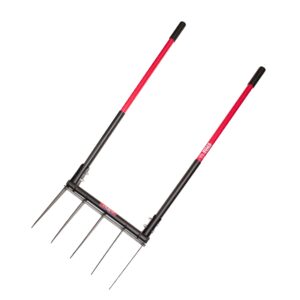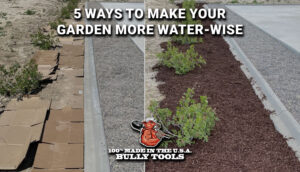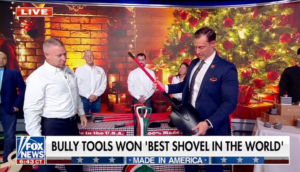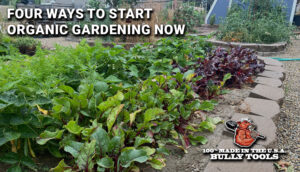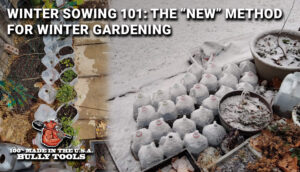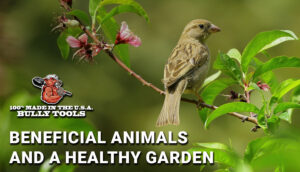Problem Solving: When Plants Don’t Behave the Way You Want
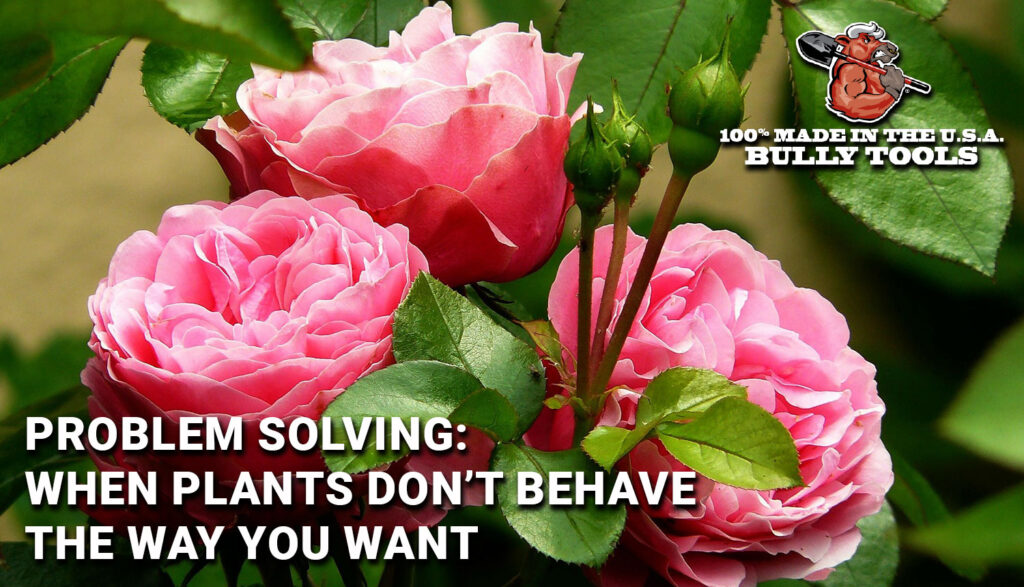
When a plant in your garden starts drooping, there are holes in the leaves, or the leaves change color, there are any number of reasons to explain the problem. For new gardeners whose plants don’t behave the way you expect them to—namely, grow and flourish—of course you want to find a solution to its distress. Unfortunately plants can’t tell us what’s wrong with words, but they do tell us with physical signs. Once you know the issue, you can research the solution. Here are the steps to help you narrow down your plant’s problem.
1. Know Your Climate and Hardiness Zone
Investigate if the plant is actually suited to your climate and growing zone (find your hardiness zone here). It’s not unusual for big box stores to sell plants popular for their beauty, but aren’t necessarily best for your area’s soil type or weather. You also need to take into account humidity levels (which affect leaf health) and altitude (which delays bloom time). If your plant is suffering and you can’t figure out the problem, it may be that it’s just not suited for your climate. Disease, leaf damage, and stunted growth can be the result of a stressed plant not suited to a climate or soil. Native plants will always better withstand a climate’s stressors (bugs, animals, disease, water, sun) than most any shipped-in ornamental. Reputable local nurseries will be your most knowledgeable resource in deciding the best plants for your area.
2. Know Your Plant’s Life Cycle
Learn the life cycle of your plant. For example, pansies are a popular annual in spring, but once it gets too hot they look terrible and there isn’t much you can do to fix it. Peonies die to the ground every fall, this is normal and isn’t a cause to worry. Hardy hibiscus are among the last plants to break dormancy in the spring and seem completely dead while everything else is growing. If you inherit an established yard, it’s worth living with the life cycle of the garden for a year to understand how and when everything grows and looks its best—and worst—so you can learn how plants come and go in their season. An important part in understanding a plant’s lifecycle is when they should be pruned. For example, if your lilac isn’t blooming it could be that you pruned it too late; because lilacs bloom on new wood, pruning too late removes the spring’s blooms. Educating yourself about the type of plants (for example, different hydrangea and clematis types have different pruning requirements) you are growing helps you know the best time to prune.
3. Know Your Soil Type

Not all plants like the same kind of soil. The difference between alkaline and acidic soil matter for plants like azaleas, blueberries, and most hydrangeas, most of which prefer acidic soil in order to thrive. But in areas like the arid western states where the soil is alkaline, these plants do not thrive, even if the climate and zone is similar.
Some plants don’t do well in clay soil, such as Mediterranean types like lavender, which need good drainage and will rot in soil that retains moisture.
Alternatively if you live near water or in other areas with sandy soil, make sure the plants are appropriate. Amending soil can only do so much to make a plant happy.
Learn more about healthy soil here: https://extension.psu.edu/practical-tips-for-healthy-soil-in-a-home-garden. Soil tests are available online or at university extensions for sale to do at home or mail-in to learn about your soil’s composition.
4. Know If the Plant Needs Sun or Shade
Just because a plant tag or seed packet says that a plant is best in full sun, you should also take into consideration climate and the amount of sun in your area. Same goes for shade. It’s generally a good idea to see how a particular plant is situated in your neighborhood before you decide where to locate it in your own garden. While plant tags can be a good guide, there is a lot of wiggle room; for example, full sun in Seattle is not the same as full sun in Austin, even though their hardiness zones are similar. If a plant is suffering, or at least not thriving, consider whether it should be moved to either more or less sun.
5. Know the Plant’s Water Needs
Learn your plant’s water requirements. Watering something that looks like it’s drooping or turning brown is not always the answer—especially if you know that you’ve already provided the deep watering it needs, particularly if it’s been recently planted or transplanted. For example, plants like hydrangeas need frequent water. Plants like yarrow, catmint, and lavender look better and perform better with much less water than you think (once they’re established, usually a season after they were planted). Plant tags will often list the water requirements—follow those if you want the best results. Grouping plants with similar water requirements together prevents issues.
6. Know Fertilizing Needs

Fertilizer requirements for different plants depend on your soil’s composition and the kind of plants in your garden. For example, if you’re having trouble with chlorosis (iron deficiency) in your plants, then this could be due to deficiency in your soil or because your soil is too alkaline and your acid-loving plants can’t take up iron because of the lack of acidity. Another fertilizer problem is too many leaves and not enough blooms, which is the result of too much nitrogen (leaves) versus the phosphorus or potassium content (flowers). Find a fertilizer specific to your plant’s needs—for example, fertilizer specific to flowering plants, for a vegetable garden, or for trees. Also understand that fertilizing is not always the first solution, sometimes it actually causes more stress, so it’s recommended to consider fertilizing after going through the above steps.
7. Know Which Pests You Have

Animals and bugs are a huge factor in the attractiveness of your plants. Deer, rodents, birds, insects, and other crawlies are all very destructive. However, beneficial insects, worms, and other bugs do exist and do help your garden. There’s a compromise you need to be willing to live with when you’re growing a garden, understand that it can’t be pristine and perfect. There will be bite marks, holes in leaves, wind damage, and natural decay—no leaf lasts forever. Remember you’re creating an ecosystem where lots of critters will live and there will be a certain amount of damage. However, when damage threatens the health of a plant, a good source to discover the problem will be an extension service for your state (find it here: https://npic.orst.edu/pest/countyext.htm). Doing a little sleuth work on your own is a big step in solving plant damage. Most bugs show up in the cooler hours of the day or in the evening, when you can look under leaves and in the soil (for example, look for grubs eating the roots). Then you can take a picture or bring a sample of the insect or plant to your extension agent or local nursery to find the best solution. As for animals, you may need to find out what locals do to deal with destruction, whether choosing different plants or deterrents, as the problems vary by location.
8. Diagnose Disease
After working through the previous steps and you still can’t figure out the problem, then it’s probably a virus, bacteria, or fungus. There are some diseases that are specific to certain plants. Take a sample of the plant to a local reputable nursery, county extension, or university cooperative to help you diagnose the problem and find a solution.
Playing the sleuth as you figure out what ails your plants is the biggest step toward solving any gardening problem. There are a variety of possible issues depending on the plant, but once you figure out what the problem is, then you can find the solution, whether it involves fertilizer, sprays, extra attention, or digging it up and moving it to a better location. There are any number of resources beyond Google to find the solution, including neighbors, local nurseries, county extension agents, and university cooperative and agriculture programs. Understand, though, that sometimes plants die and there’s no obvious explanation—look on it as part of the learning process of gardening and as a chance to try some other plant. Here’s to a happy and healthy garden.


